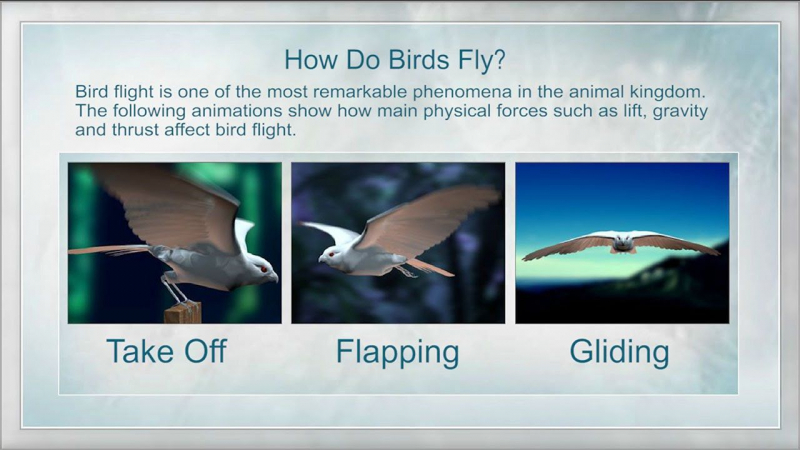How do birds fly?
Birds fly by raising and lowering their wings. The upstroke generates lift, while the downstroke generates thrust. When a bird flaps its wings, it moves them up and down alternately. The wing angle changes throughout the upstroke and downstroke. The wing is pointed upwards during the upstroke. Lift is created by channeling air downwards. The wing is pointed downwards during the downstroke. This generates propulsion by forcing air backwards. Scientists and engineers are currently researching the precise physics of how birds fly.
We do know, however, that birds utilize different flying strategies based on the sort of flight they are conducting. Gliding and soaring, for example, need different strategies than flapping flight. However, it is apparent that birds utilize their wings to generate both lift and push in order to remain aloft.
A bird's wing is a complex instrument that can be changed in a variety of ways to regulate speed, angle, height, and direction. The wing's broader base (the section closest to the bird's body) provides stability, while the wing's tip drives the bird forward. The form and structure of a bird's wing, particularly its shape and structure, impacts how the bird flies. Some soar at great heights, while others keep close to the earth. Others flap their wings gently yet fiercely while flying swiftly with tiny, rapid wing motions.
















